13 Unforgettable TV Characters from the ’80s
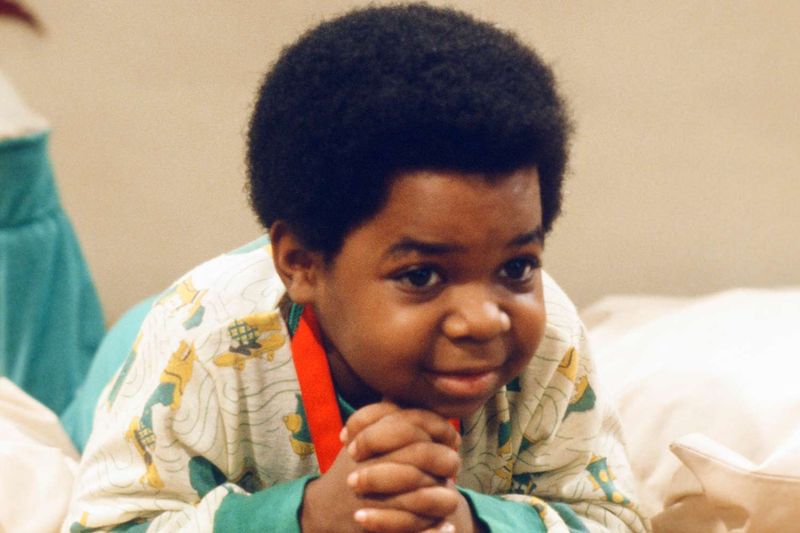
The 1980s gave us some of television’s most memorable characters who changed the way we viewed family dynamics, workplace relationships, and even fashion. These characters became part of our lives, entering our living rooms weekly with their catchphrases, quirky personalities, and groundbreaking storylines. Whether they made us laugh, cry, or simply shake our heads in disbelief, these 13 characters left an indelible mark on pop culture that continues to influence television today.
1. Alex P. Keaton (Family Ties)
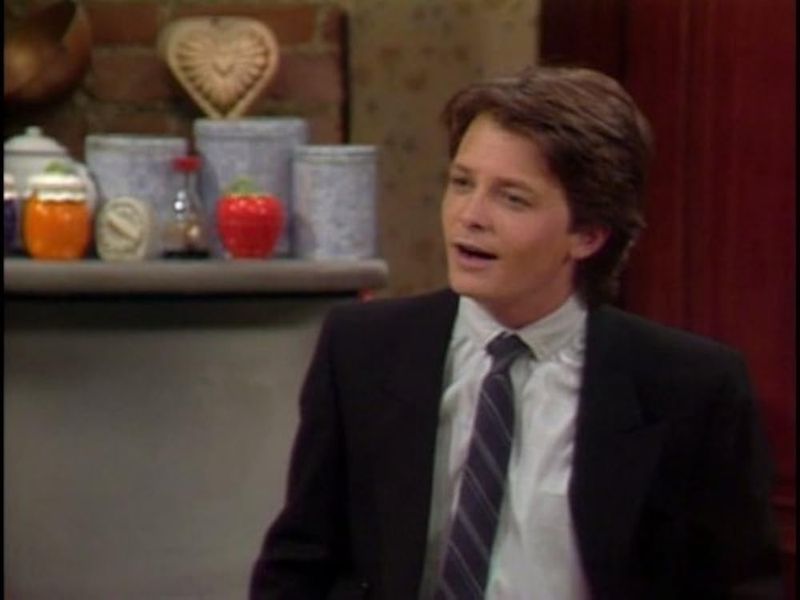
Unlike his idealistic parents, Alex was unapologetically conservative, idolizing Ronald Reagan and corporate America. His crisp suits and briefcase were visual signals of his rejection of 1960s counterculture values. Michael J. Fox’s sharp performance gave the role depth and impeccable comedic timing, earning him widespread recognition. While audiences often laughed at his single-minded devotion to money, they also admired his intelligence and drive. His clashes with his family mirrored the broader cultural divide of the decade. Teenagers admired his confidence while parents shook their heads at his stubbornness. The mix of satire and sincerity allowed Alex to remain likable despite his arrogance.
2. Cliff Huxtable (The Cosby Show)
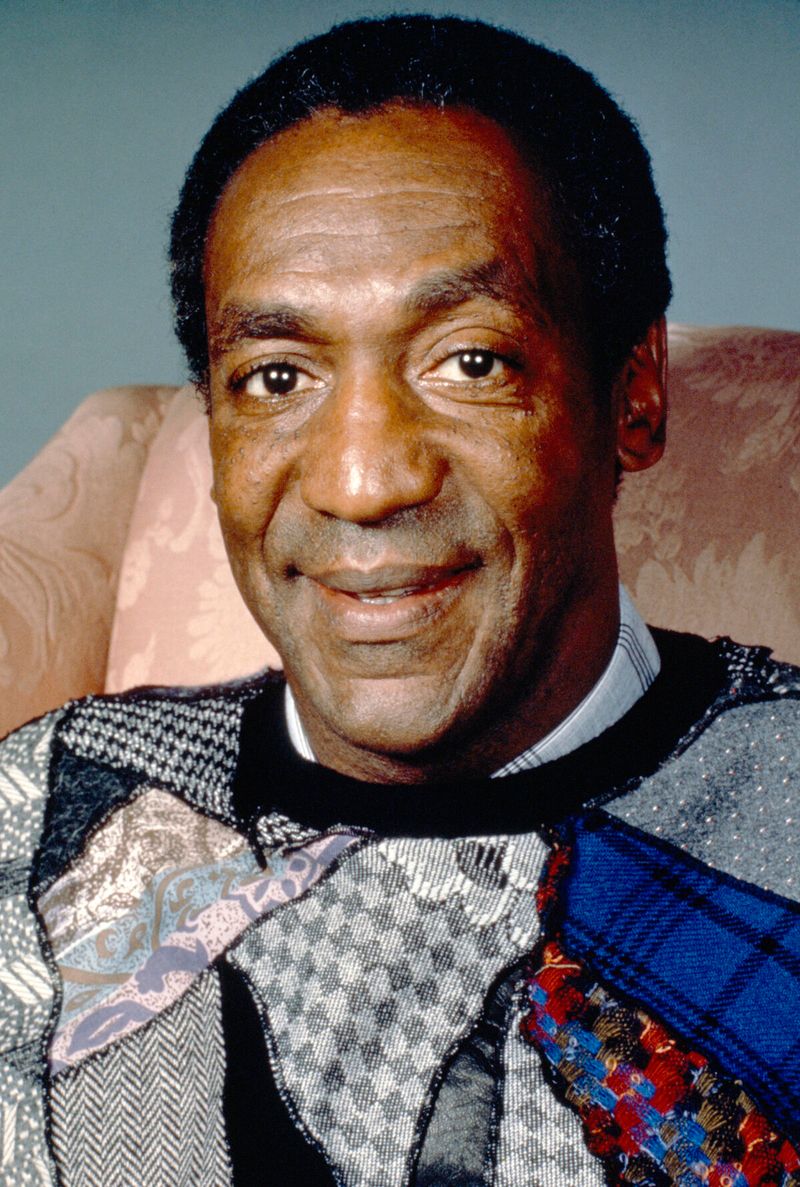
Family television took on new dimensions with Cliff Huxtable in The Cosby Show. He was portrayed as a physician, a devoted father, and a man who used humor to guide his children. Audiences were captivated by his playful antics, especially his dance moves and storytelling, which often delivered subtle lessons. His brightly patterned sweaters became cultural symbols in their own right. What made him distinctive was the balance between professional stature and approachable warmth. The show offered a vision of stability, success, and family harmony during a period of social change. Viewers saw in him both authority and affection, a combination rarely handled so seamlessly. His approach to discipline relied on engagement rather than punishment.
3. J.R. Ewing (Dallas)
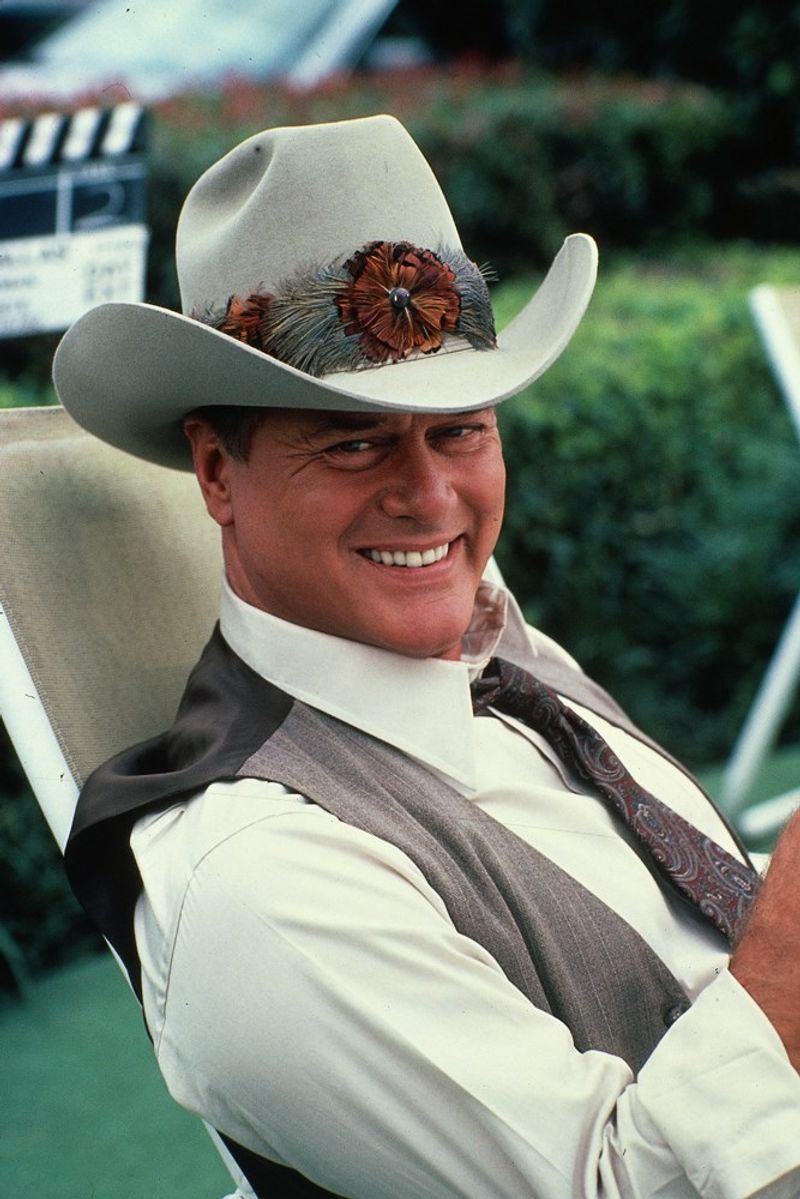
Scandals and double-dealing defined Dallas, and J.R. Ewing was its most electrifying figure. As a Texas oil tycoon, he was ruthless, manipulative, and endlessly captivating. Larry Hagman’s performance gave J.R. an air of charm that made viewers both despise and adore him. The famous “Who Shot J.R.?” storyline turned the character into a global sensation. He embodied the excess and ambition that came to characterize the 1980s. His scheming reflected the darker side of the American dream, where wealth was pursued at any cost. Audiences couldn’t look away from his betrayals and power plays. J.R. became the benchmark for the television antihero long before the term was common.
4. Hawkeye Pierce (M*A*S*H)
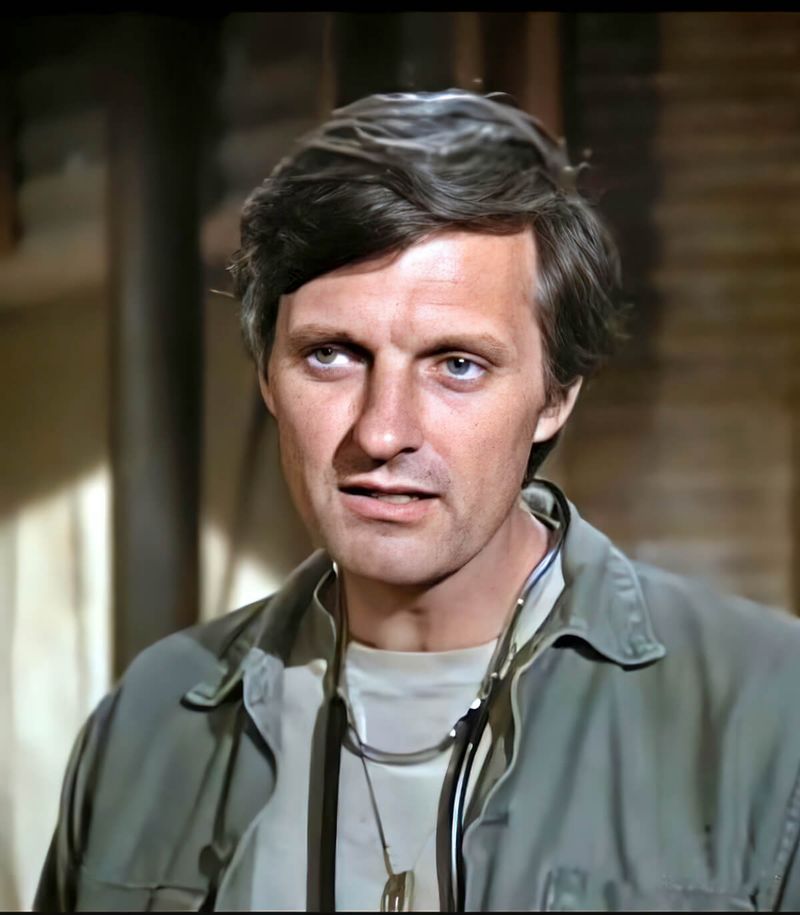
Martini in one hand, scalpel in the other – Hawkeye Pierce used humor as both weapon and shield against the horrors of the Korean War. Though M*A*S*H began in the 70s, Alan Alda’s portrayal of the wise-cracking surgeon continued into the 80s, culminating in the most-watched television finale of all time. His practical jokes and witty banter masked a profound compassion for his patients and deep moral convictions. The character evolved significantly over the series, growing more complex as the war’s psychological toll became increasingly apparent. Hawkeye’s anti-war stance and humanitarian philosophy made him more than just a funny doctor in a bathrobe – he became television’s voice of conscience during a time when America was processing its complicated relationship with military conflicts.
5. Sonny Crockett (Miami Vice)
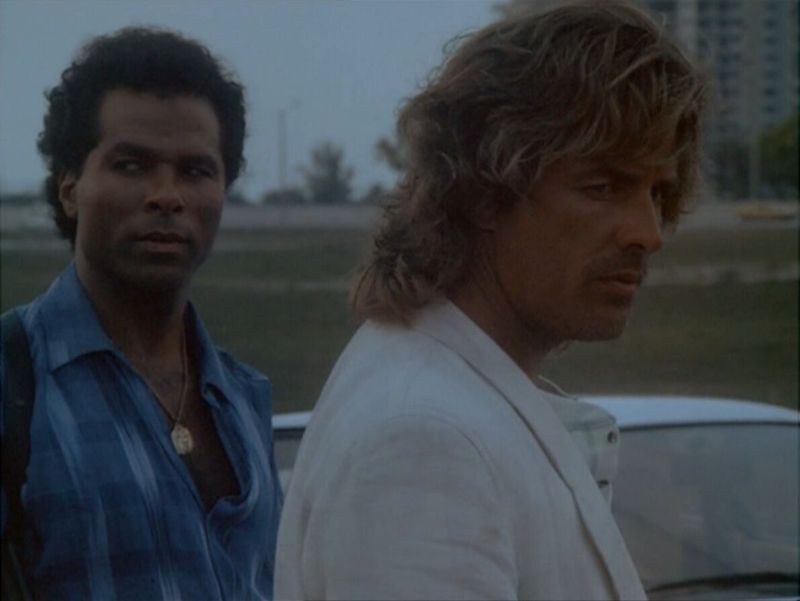
Style, music, and danger collided in Miami Vice, where Sonny Crockett embodied 1980s cool. Dressed in pastel suits and driving sleek cars, he set fashion trends. Don Johnson’s portrayal elevated him into a cultural symbol. He lived the double life of an undercover detective and glamorous figure. The show’s visuals and soundtracks turned each episode into a mini-movie. Crockett symbolized the gritty yet alluring side of law enforcement. Audiences loved his confidence and vulnerability alike. His bond with partner Ricardo Tubbs gave the series depth. Crockett made crime fighting look like the ultimate adventure.
6. Angela Bower (Who’s the Boss?)
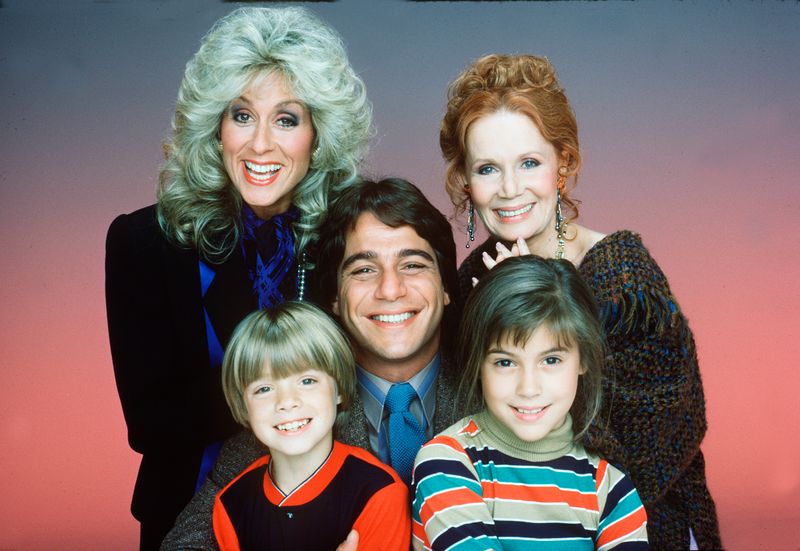
Expectations for women on television shifted dramatically with Angela Bower in Who’s the Boss?. She was depicted as a high-powered advertising executive, a rarity for sitcom mothers of the time. Her independence directly challenged the era’s lingering stereotypes about women’s roles. Judith Light infused the character with determination and subtle humor. The unconventional household arrangement reversed gender dynamics and fueled the show’s comedy. Angela’s journey as a single mother balancing career and family resonated with millions of viewers. She stood as an aspirational figure for professional women of the decade. Storylines often highlighted the challenges and rewards of her career-driven life.
7. Thomas Magnum (Magnum, P.I.)
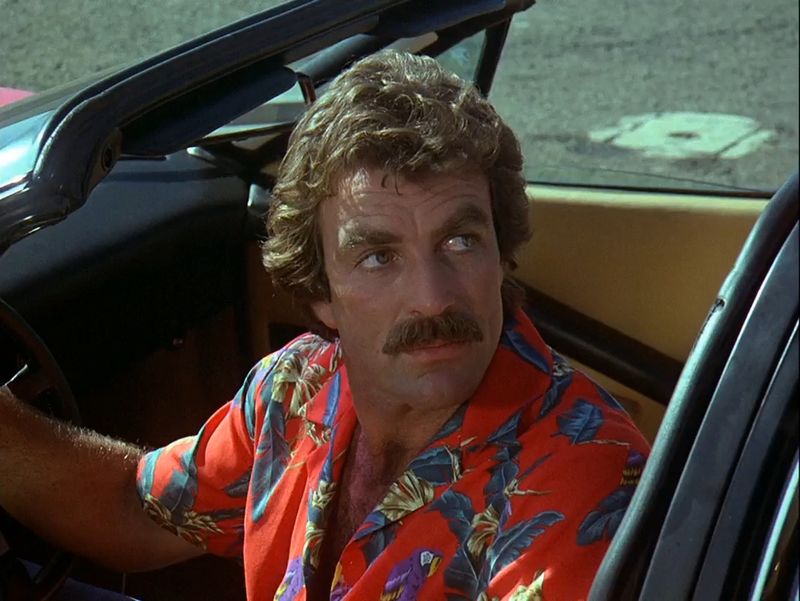
Adventure and leisure combined in Magnum, P.I., where Thomas Magnum epitomized the charismatic detective. Tom Selleck’s Hawaiian shirts, Ferrari, and mustache became cultural staples. His personality struck the perfect balance between laid-back charm and serious determination. Unlike other crime-solvers, he relied on intuition as much as evidence. The lush Hawaiian setting gave the series an escapist quality. Magnum’s loyalty to friends added layers of warmth to his character. Viewers admired his ability to embrace freedom while facing personal responsibility. Episodes seamlessly blended action, humor, and emotional depth. Magnum reflected both the fantasy of independence and the reality of loyalty.
8. Dorothy Zbornak (The Golden Girls)
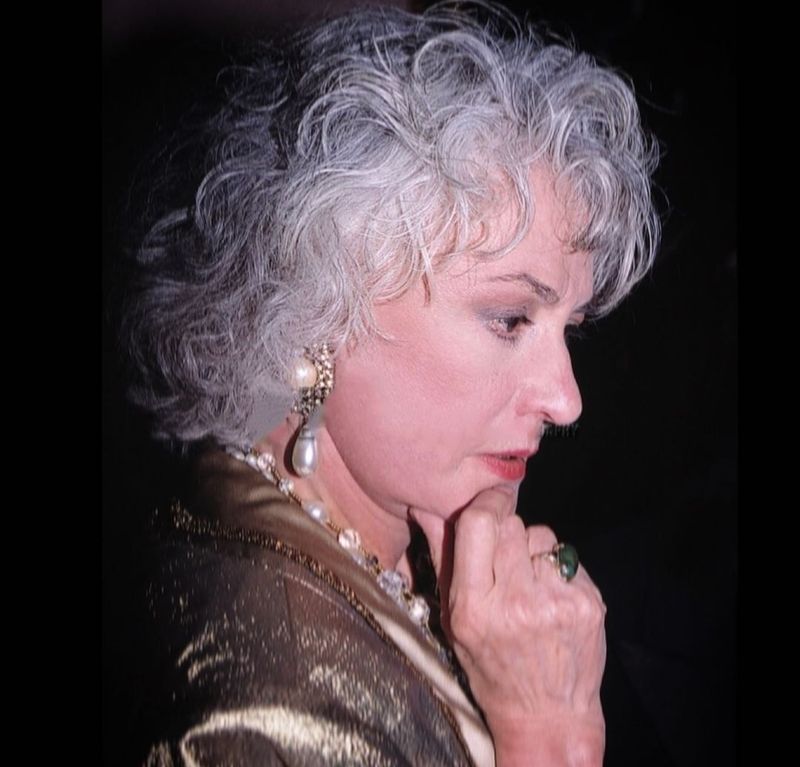
Bea Arthur’s commanding presence gave the role both authority and comic punch. Dorothy often acted as the grounding force among her eccentric roommates. Her sharp comebacks contrasted with the silliness of her friends, creating dynamic interplay. Audiences appreciated her intelligence and resilience, especially in moments of personal struggle. Beneath her sarcasm was a portrait of vulnerability that resonated deeply. Her relationship with her outspoken mother provided endless comic gold. Dorothy embodied both strength and humanity in ways rare for sitcom characters. She became the intellectual anchor of the series.
9. Sam Malone (Cheers)
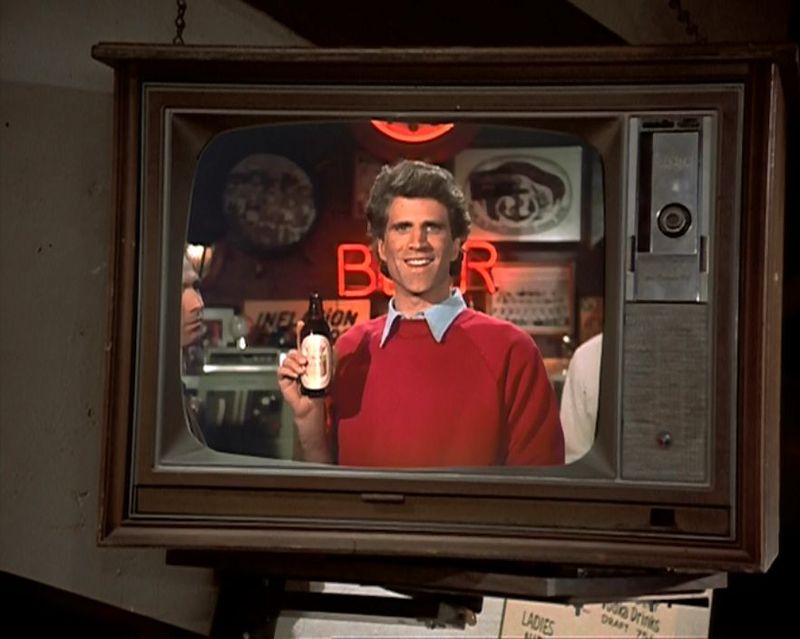
Once a professional athlete, he reinvented himself as the owner of Boston’s most beloved bar. Ted Danson infused the character with equal parts confidence and insecurity. His flirtatious nature often led to comic complications, particularly with Diane Chambers. Yet, beneath the humor, Sam longed for genuine connection. The bar became more than a business; it was a second home for both him and his patrons. His character symbolized the everyday search for meaning after fame fades. Audiences found him both charming and fallible, making him relatable.
10. Jessica Fletcher (Murder, She Wrote)
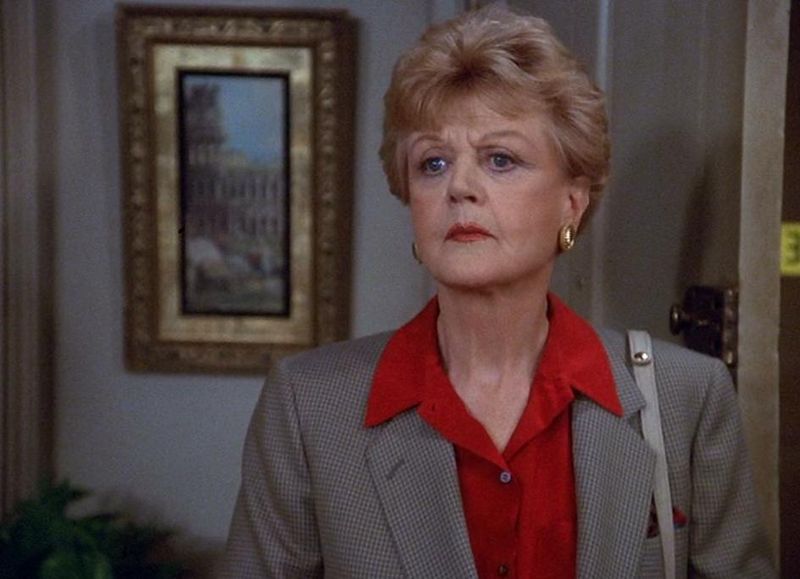
Angela Lansbury’s portrayal brought elegance and warmth to the role. Her ability to outsmart suspects made her beloved worldwide. Jessica stood as proof that age was no barrier to brilliance. Each episode offered a fresh puzzle to enjoy. Audiences admired her wit, independence, and fearlessness. She became an unlikely yet powerful crime fighter. Fletcher made detective work classy, clever, and endlessly entertaining.
11. Arnold Jackson (Diff’rent Strokes)
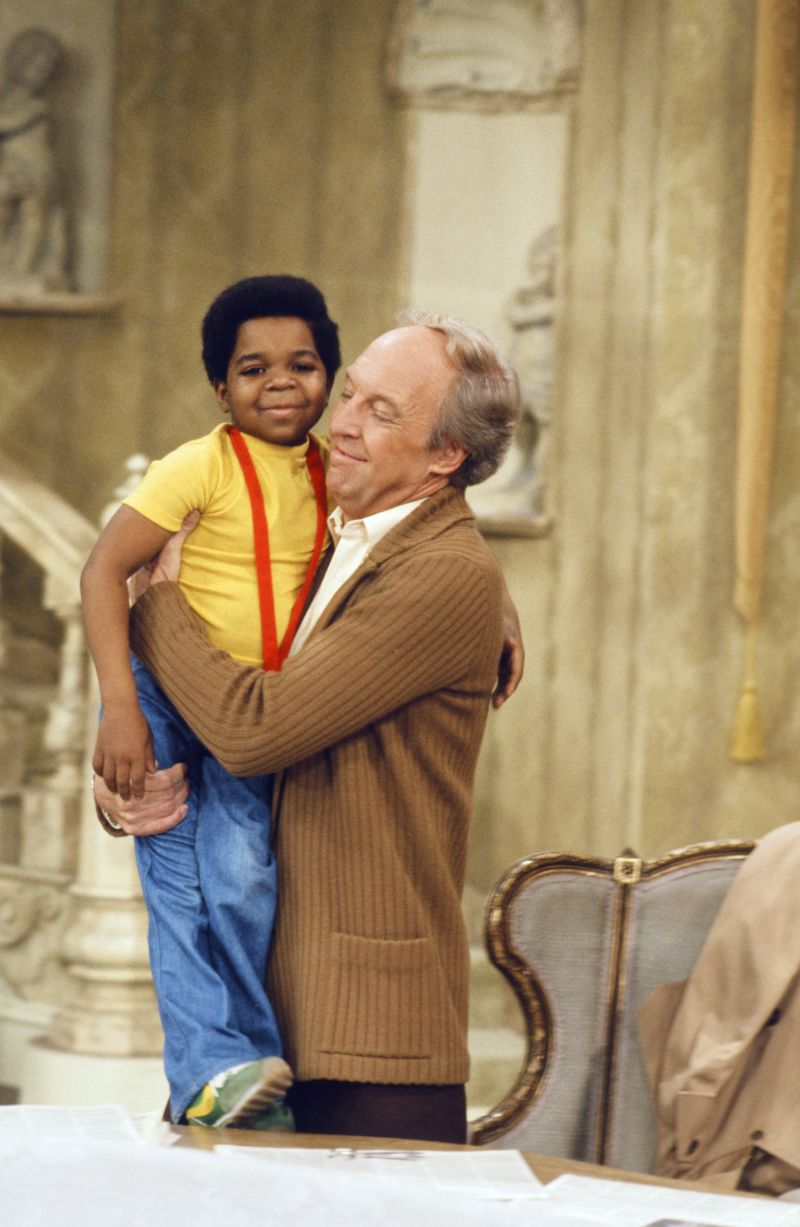
Gary Coleman’s “Whatchu talkin’ ’bout, Willis?” became a national sensation. His small stature paired with sharp wit made him stand out. Audiences adored his humor and spunk in every episode. The character often confronted serious issues with youthful honesty. He balanced mischief with genuine heart. Arnold’s playful interactions with his brother and adoptive family created magic. His innocence highlighted deeper social themes beneath the laughs. Jackson became one of the most recognizable faces of the decade.
12. B.A. Baracus (The A-Team)
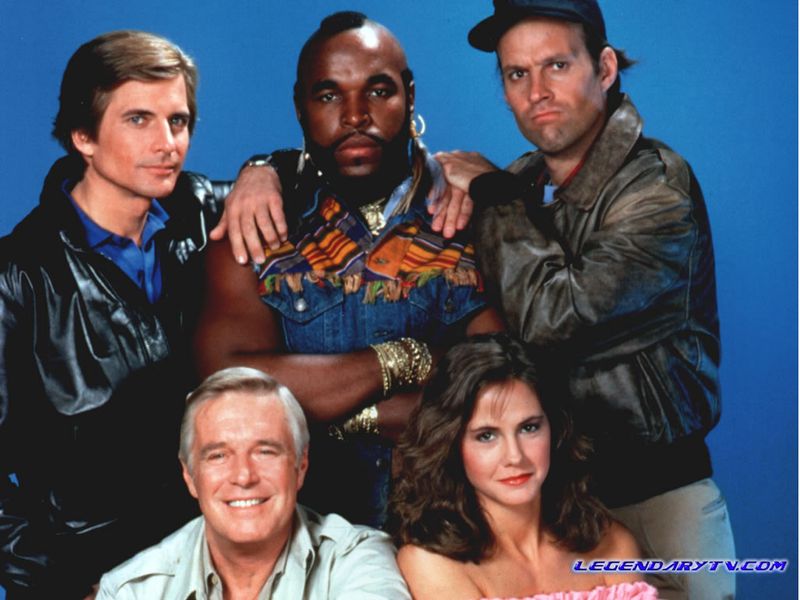
Mr. T’s mohawk, gold chains, and booming presence made him instantly iconic. He was the muscle of the group but also its heart. Audiences loved his combination of toughness and compassion. His fear of flying became a running gag that softened his intimidating image. Action sequences showcased his fearlessness and creativity. The character’s bond with his teammates highlighted trust and camaraderie. Catchphrases like “I pity the fool” embedded him into pop culture permanently. Mr. T brought authenticity to a role that could have been one-note.
13. Rose Nylund (The Golden Girls)
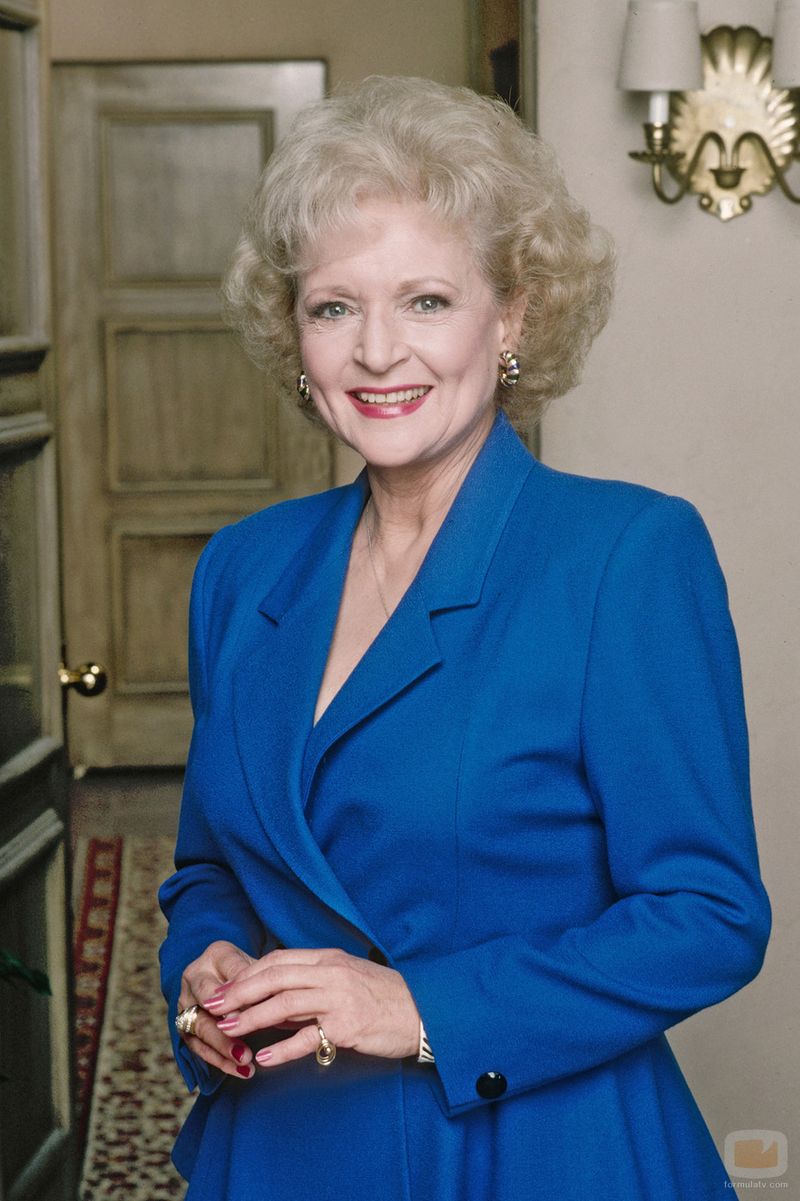
Betty White turned the role into comic brilliance with her naive outlook contrasted with her friends’ sharper wit. Rose’s quirky stories about St. Olaf became legendary. Audiences adored her wide-eyed sincerity and unintentional humor. The character brought levity and warmth to the group. Beneath her silliness was genuine kindness and empathy. Rose showed that simplicity could be powerful. She became a beloved symbol of lighthearted joy in sitcom history.

Comments
Loading…